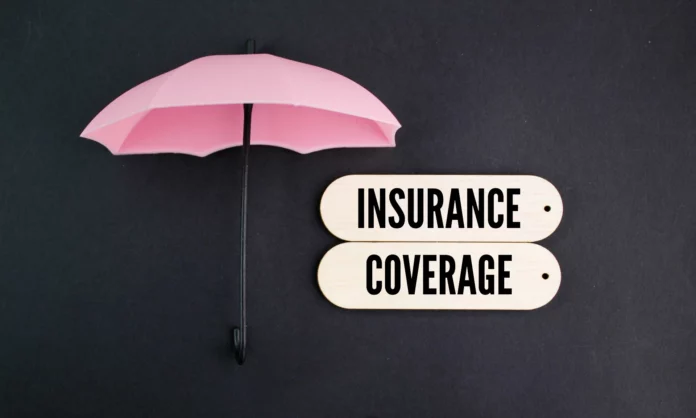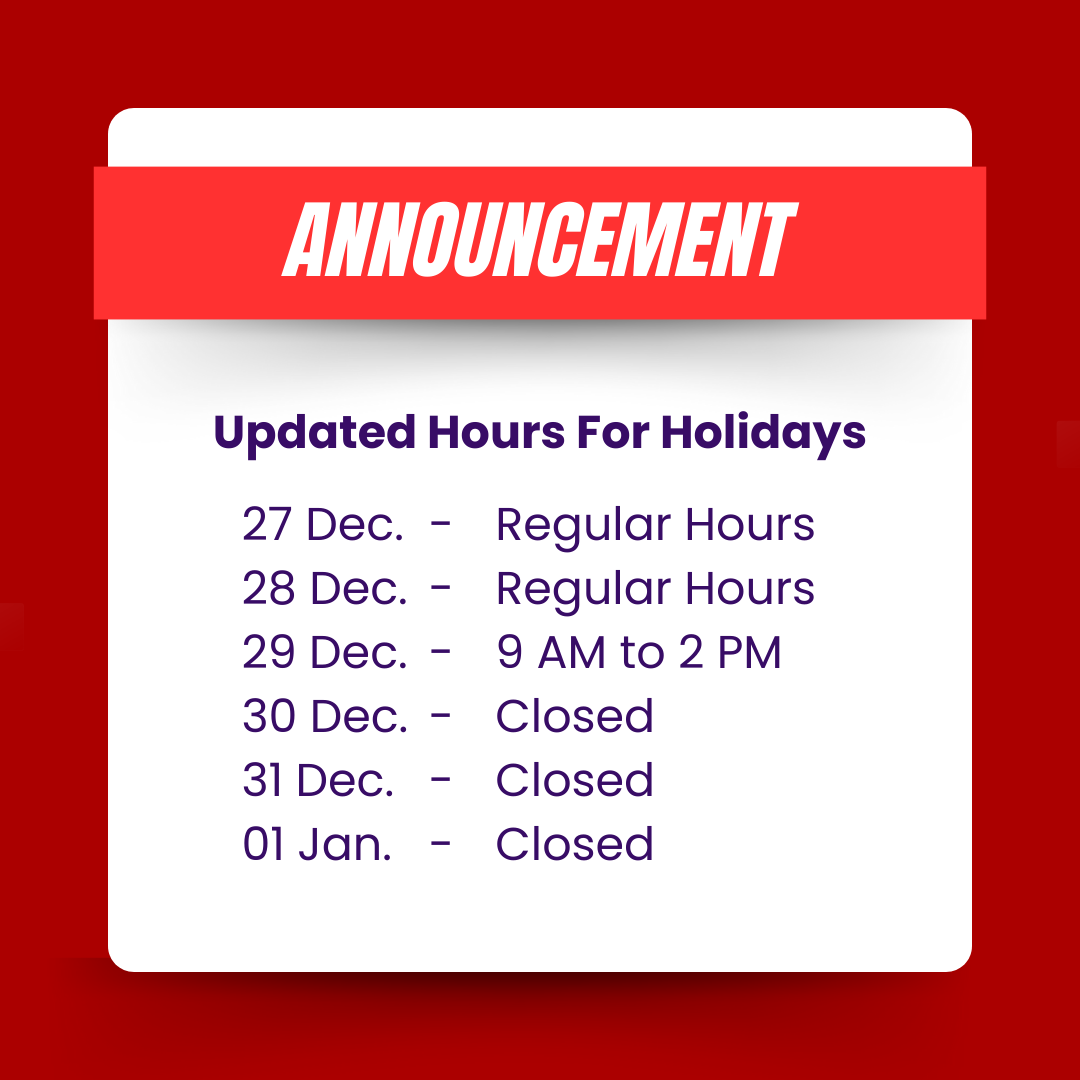Liability insurance is a crucial component of auto insurance that helps protect drivers from potential financial and legal liabilities. It provides coverage for injuries or damages caused to others in an accident for which the insured driver is found at fault. In this comprehensive guide, we will explore liability insurance, specifically focusing on two key components: bodily injury liability and property damage liability. Understanding the difference between these components is essential for ensuring proper coverage and protection in the event of an accident.
What is Liability Insurance?
Liability insurance in auto insurance refers to the coverage that pays for injuries or damages caused to others in an accident for which the insured driver is legally responsible. It protects the insured driver from potential financial burdens resulting from lawsuits, medical expenses, or property repairs. Liability insurance is mandatory in most jurisdictions, including Ontario, and helps ensure that drivers have the means to compensate others for their losses.
Bodily Injury Liability
Bodily injury liability coverage provides financial protection if the insured driver causes injuries to others in an accident. It covers medical expenses, rehabilitation costs, lost wages, pain and suffering and even legal defense fees in case of lawsuits. The coverage limit represents the maximum amount the insurance company will pay for bodily injury claims. For example, if you have $100,000 bodily injury liability coverage, the insurance company will pay up to $100,000 for injuries to each person involved in the accident, up to the total limit for all injured parties.
Property Damage Liability
Property damage liability coverage is designed to cover the cost of repairs or replacement of property belonging to others that is damaged in an accident caused by the insured driver. This can include other vehicles, buildings, fences, or any other property affected in the accident. Similar to bodily injury liability, property damage liability has a coverage limit that represents the maximum amount the insurance company will pay for property damage claims. For example, if you have $50,000 property damage liability coverage, the insurance company will pay up to $50,000 for property damages caused by the insured driver.
The Importance of Bodily Injury and Property Damage Liability
Having both bodily injury and property damage liability coverage is crucial for protecting yourself financially in the event of an accident. Bodily injury liability coverage ensures that you can cover medical expenses and compensate injured parties for their losses, while property damage liability coverage protects you from paying out of pocket for property repairs or replacement. Without adequate liability coverage, you may be personally responsible for the costs associated with injuries or damages caused to others, which can lead to significant financial hardship and legal consequences.
Conclusion
Liability insurance is a fundamental aspect of auto insurance, providing crucial protection for drivers in case of accidents. Understanding the difference between bodily injury liability and property damage liability is essential for ensuring you have the appropriate coverage. By having both components in your auto insurance policy, you can have peace of mind knowing that you are financially protected and meet the legal requirements of your jurisdiction. Consult with an insurance professional to determine the appropriate liability coverage limits that suit your needs and provide adequate protection for potential bodily injuries and property damages caused by you in an accident.







